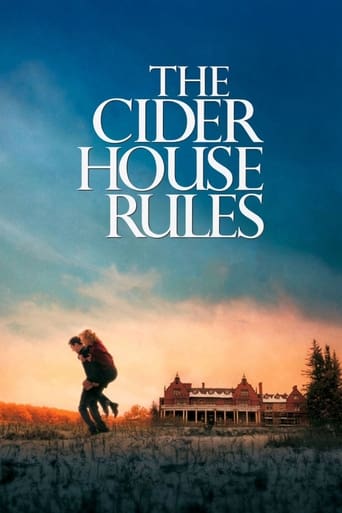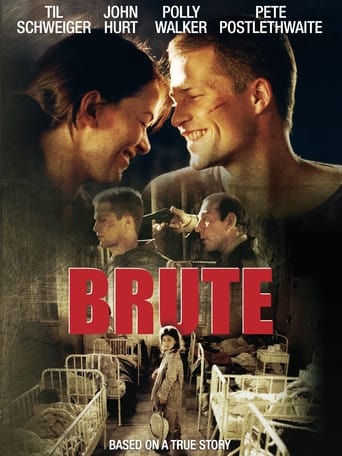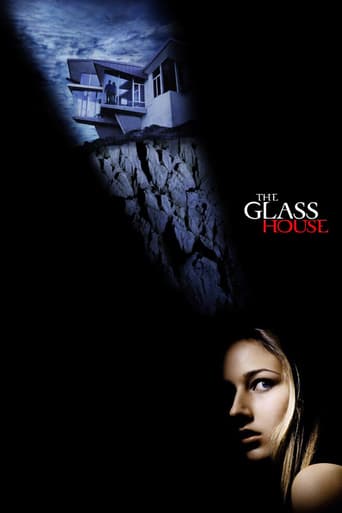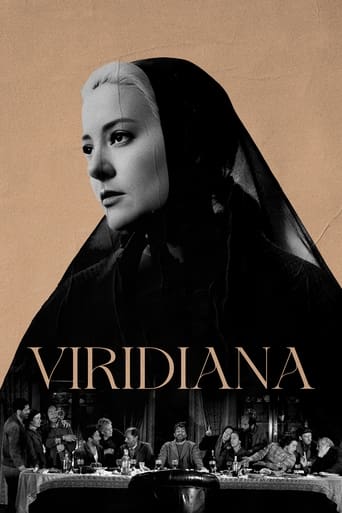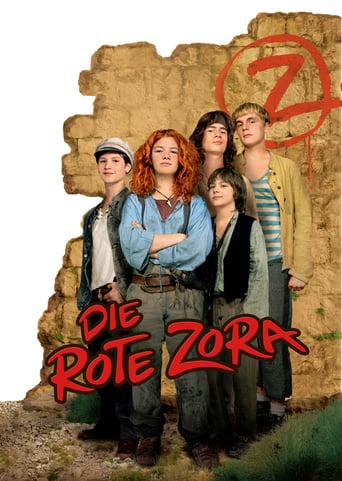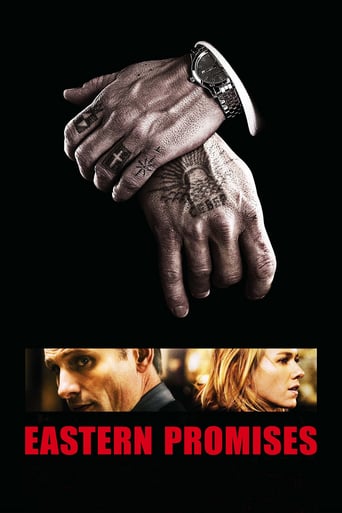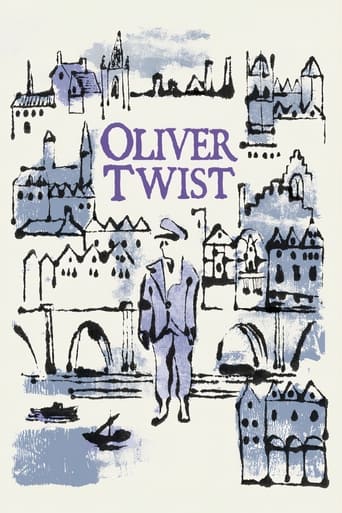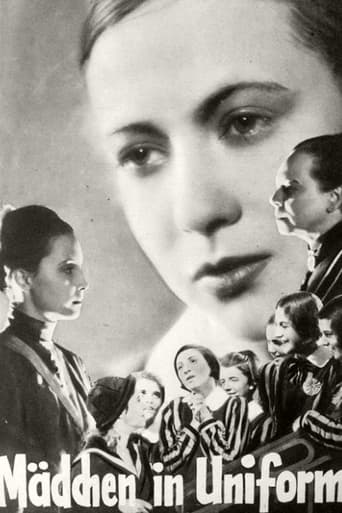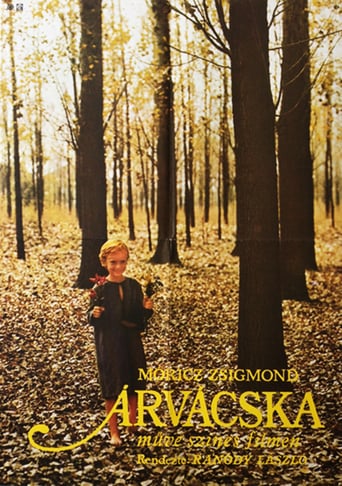

Nobody's Daughter (1976)
An orphan girl suffers abuse from her adoptive parents.
Watch Trailer
Cast


Similar titles
Reviews
Pretty good movie overall. First half was nothing special but it got better as it went along.
Funny, strange, confrontational and subversive, this is one of the most interesting experiences you'll have at the cinema this year.
What begins as a feel-good-human-interest story turns into a mystery, then a tragedy, and ultimately an outrage.
The tone of this movie is interesting -- the stakes are both dramatic and high, but it's balanced with a lot of fun, tongue and cheek dialogue.
This movie is based on a true story. The novel was written by Zsigmond Móricz in 1941. He found a 10 years old little girl standing on the edge of the bridge of liberty in the downtown of Budapest. The little orphan wanted to be suicide. The writer took her with himself and treated her in the rest of his life as if the girl were his own daughter. The little orphan was talking a lot about her cruel life which inspired Móricz to write the novel this movie is based on. The story the girl told was more or less the same that can be seen on this movie... Dalkó Diána ([email protected]) above here describes it very well I think.
If Zsuzsa Czinkóczi, the seven-year-old lead of this harrowing Hungarian drama from '76, was competing for an Oscar this year against Mickey Rourke for his mighty performance in "The Wrestler", Miss Czinkoczi would romp it in. Her performance in "Nobody's Daughter" is beyond comprehension. I was moved to tears by this extraordinary girl's portrayal of an orphan in 1940's Hungary. Back then, the Hungarian government paid families a stipend to take unwanted children into their home. Of course, there was no vetting process to weed out couples totally unsuited to parenting, let alone adoption. We meet Csore (Czinkoczi), the doomed waif of the story, in a field of corn where she is trying to get a cow to return to its enclosure. When she follows the beast into the corn, she is picked up by a stranger and raped. Directors Laszlo Ranódy and Gyula Mészáros then cut to Csore returning home after the rape where, feeling disoriented, she takes a beating for being late and has her hand deliberately burned with hot coals by her cold, adopted father. As the weeks creep on, Csore is depicted as an abused child with an almost unbelievable resilience to tragedy. Because she spends the first half of the movie fully naked in dirty, cold, hostile surroundings, the line between the actress and the character appears non-existent. Such is the magic of truly great film-making. Eventually, Csore is abandoned by her adoptive parents and taken to an orphanage where she comes within a hair of being adopted by a caring, loving couple. A complication prevents this fortuitous transaction and Csore is sold once again to another abusive, impoverished, unhappy couple who already have other children. Once again, she is subjected to abuse and given inferior status within the house. When all seems hopeless, the sun shines for the first time on Csore when she befriends a kind, bearded old man who takes her under his wing and treats her with respect and dignity. The brief scenes of their happy times together are heart-wrenching for the stark contrast they represent. Unfortunately, the old man passes away, and Csore is alone once again. Climaxing with fury and tragedy, this ultra-realistic look at poverty and abandonment (by the state and the individual) is easily one of the most moving and grotesque portraits of inhumanity to man that I have ever seen. Only the coldest of hearts could not go out to poor Csore, a child whose plight and death felt so real to me and affected me for days. The message this left me with is that bringing children into the world should not be a right, it should be a privilege that one must prove they are worthy of. Unfortunately, reproduction is the easy part.
In our world it is often children who suffer most egregiously when poverty claims a land.French fairy tales of children being abandoned in woods when poor families could no longer feed themselves are based on true examples of abandonment. Examples exist from England and nearly every other country with written histories and where impoverishment has claimed lives and yes, when such conditions have eaten away the veneer of humanity, personal values, and selflessness.Nobody's Daughter explores the depths of one such suffering child. This Hungarian movie graphically portrays the brutal cruelty of people in her life who were in their own battered way, considered otherwise good.Zsuzsa Czinkóczi portrayed 6 year old Csöre as a nude child orphaned by circumstances. Her acting was a superb testament inasmuch as she is a child herself of course, and by even limited imagination we can hope that any other child impoverished or not may have some equal gift to offer mankind, if only given the chance.Csöre in the film is viciously raped by a large man, grotesquely burned by other callous adults who occasionally feed her, later savagely beat by a foster mother and ... well, there is more but it's not my goal here to recant the movie in it's entirety, only to suggest to those caring viewers who are interested in reality as it existed in recent history, and in reality as it exists in other parts of today's 'modern' world, this film will provide you with much food for thought. It has me. My family and I were nearly in tears, breathless at the savage indifference to Csöre's personal feelings and physical tortures of her day-to-day's existence.Nobody's Daughter is not about as one other reviewer said, "a nude girl running about...", for that is only the typical hypocrite knee-jerk utterance, or the pretentious puritan's silly thoughtless whisper, or a shallow view from a cretin's perspective.Nay, this film should be recommended viewing for people embracing the idea of foster parenting, or for social workers in any country on earth, and for United Nations personnel who deal with the occurrence of poverty-based neglect of Earth's most valuable resource...our children.Finally the moral Nobody's Daughter should graphically indicate to us all is that to abandon or neglect even one child on this planet is to abandon our hopes and dreams entirely.
Anyone who is not familiar with the hungarian reality of 1920-40's, can not imagine what the essence of this movie is. So, even if you are not Hungarian, but want to see the movie, and additionally would like to understand it, you have to be open; you should know that different parts of the world have different histories, they have other spirits, and they could suffer and be glad in different ways than you.This film is an excellent adaptation of a masterpiece novel by Móricz Zsigmond. We can see the background of that age through Csöre's life, which only was a small part of the system, but her little impulsive existence carry the whole Hungarian reality in the 20-30's. Anyone who doesn't know what it means to run among the sharp corn leaves naked as Csöre did on the very first moment of the film, can stop watching the movie, because it is pointless.Czinkóczi Zsuzsa, who played the part of Csöre, recieved the main award of a child film festival. The director, Ranódy László, won the Hungarian Film Critics' award.





